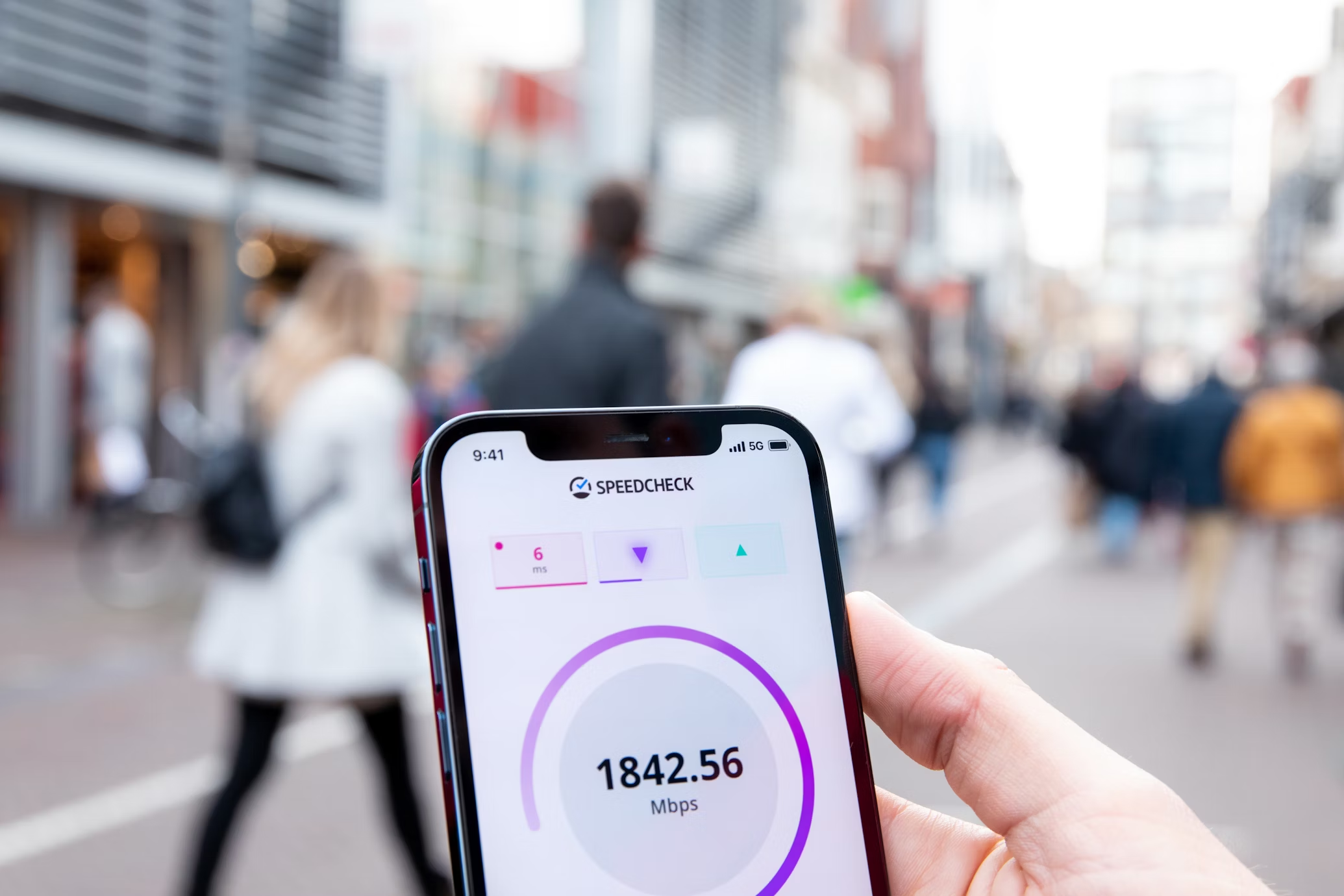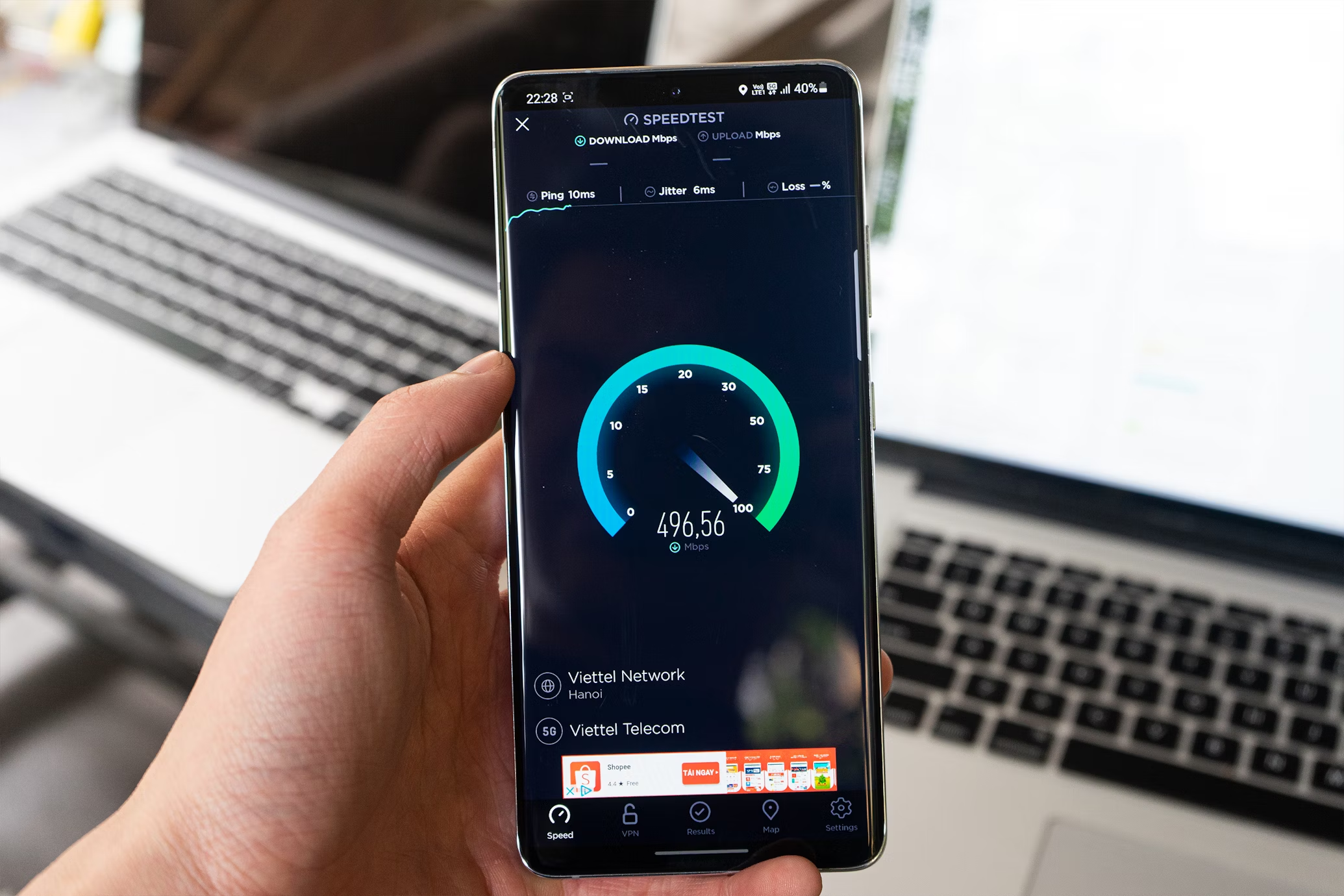You might be curious about how 5G home internet differentiates itself from existing forms of internet service.
This innovation in connectivity offers an alternative mode of accessing the web: utilizing advanced cellular networks for Wi-Fi provision through a fixed wireless internet service model.
Table of Contents
How 5G is Revolutionizing the Gaming Experience
The introduction of 5G home internet has been a game-changer for the gaming industry. Hence, ask yourself, What are the pros of 5G for gaming?
- The main reason for this is lowered latency. As a result, almost all the actions will be moved smoothly, only by the player’s command.
- Low latency is vital in a fast-paced competitive arena where the crucial decision is made in milliseconds.
- It enables streaming cloud services-loaded games in real-time with little or no dependence on expensive local hardware heavy on specs.
However, there’s even more to get excited about. One of the fantastic things about 5G is that it makes possible augmented reality (AR) and virtual reality (VR) in games.
Think about this: You can play VR and get total immersion with smooth processing without interruptions.
Whether you are playing games that use gaming technology jogametech, cloud gaming, or AI, 5G will offer faster response times, which is crucial for real-time gaming and competitive online play.
Thanks to network slicing, the 5G network can quickly adapt to the needs of different users and deliver the best possible gaming performance by allocating only the resources required for gaming.
With the arrival of a 5th generation telecommunications network, cloud gaming platforms have acquired a unique ability to create massive and complex virtual worlds that players can instantly stream to their devices.
This change in video gaming not only makes it more accessible but also more enjoyable than ever.
Understanding 5G Home Internet

5g internet services differ from your usual broadband internet services that use cables or fiber optics. In the case of this service, a stationary receiver sends and receives signals to and from the mobile network towers in your vicinity.
This, therefore, has become an attractive alternative, especially for areas that need more traditional cable or fiber infrastructure.
One of the main advantages of opting for 5g home internet lies in its installation simplicity compared to conventional wired services such as cable and fiber-based offerings, which may necessitate professional intervention during setup.
Adopting the process can be as simple as inserting a plug into a wall socket and syncing with your router, thereby minimizing the time spent online to become operational. Using evolved tech means less dependency on heavy-grounded infrastructures.
With this, inhabitants within the periphery of these modern systems can savor uninterrupted and robust signal reception.
Therefore, the telecommunication industry must keep improving to ensure such signal reception.
The Basics of 5G Technology
5G, the latest generation of mobile networks, can be viewed as a remarkable milestone in the evolution of wireless technology.
It has been specially designed for mobile applications, but it can also provide a seamless communication link for IoT devices that make up a smart city ecosystem.
It is one of three primary services, including enhanced mobile broadband, which allows faster data transmission, lower latency, and improved connection reliability.
A standout characteristic of 5G is its excellent capability of managing many devices simultaneously, which is handy in high-density areas.
This efficiency comes from advanced technologies such as adaptive modification and coding schemes (MCS), which improve communication reliability by minimizing the Block Error Rate (BER).
In this way, users will enjoy a seamless 5G internet service that satisfies their private demands and guarantees the needs of the working sector with more stability across the applications.
5G Internet Speeds
Home internet customers are excited about the fast speeds that 5G home internet can provide. Most plans offer 100 to 300 Mbps, but some may reach gigabit speeds like Verizon’s 5G Home Internet Plus plan at 1,000 Mbps.
These speeds make it easy to stream HD videos and download big files quickly. Even lower speeds will still give good online performance.
Typical Download Speeds
5G home internet from Verizon and T-Mobile have higher download speeds than regular broadband.
Verizon’s download speeds vary from 50 Mbps to 1 Gbps. T-Mobile has average speeds between 72 Mbps and 245 Mbps.
These are not just theory speeds. Users can get peak speeds up to 20 Gbps at the best conditions.
Real-world factors will affect these speeds. Such performance is essential for today’s connected world as it supports even the most demanding applications.
The Benefits of 5G Home Internet

With the advent of 5G technology, home internet has become a new form of connection that can bring about different life changes.
One of the most striking improvements is in streaming and gaming experiences, where faster download speeds provide a higher quality during data-heavy online activities.
Low latency is vital for applications requiring real-time interaction, such as virtual reality, video conferencing, and online gaming.
The introduction of 5G Technology has lessened the delay time, resulting in more immediate and smoother interactions.
This upgrade guarantees that even in instances of usage surges, the link stays strong and without interruptions—essential for uninterrupted connectivity.
Faster Download Speeds
The assets that come with 5G home internet include:
- Fast download functions, allowing you to download large files quickly and stream high-resolution content smoothly.
- Playing games with no lag whatsoever.
- Fast-enough downloading of game updates and patches allows gamers to access the latest content without delay.
These increased speeds are not only an advantage of fun but also create better experiences in the case of daily online practices such as browsing the web and sending files.
The agility of using 5G technology for tasks like streaming live events or downloading films makes these activities very smooth and enjoyable with little waiting time.
Low Latency for Real-Time Applications
The highly praised 5G technology low latency feature is an excellent advantage for real-time applications.
It is one of the significant advantages of 5G technology for gamers since it allows them to play games by sending their actions instantly and without lag. It is also an essential issue for low latency in virtual reality environments.
However, a brief interruption of the simulation can be a severe problem in the sense of reality in these simulations.
5G’s lower latency is a fantastic advantage for video conferencing. It allows for a more natural and smooth conversation that looks like two people are sitting face-to-face without the voice clashing and the long transmission delays common on slower networks.
So, 5G is the best option for remote and distant work and things like live communication.
More Consistent Connection
One of the perks that some might not consider is the possibility of a more consistent and stable connection.
While 5G has other advantages, this is one of the most significant. It is especially advantageous for devices with multiple connections.
Whether streaming, gaming, or smart home devices, 5G can take care of the device’s performance without any disturbance to the performance.
Moreover, 5G’s network management plan ensures connections are stable even when many users are active. This is the same time.
This is the period when the highest number of users log into the internet. This consistency is crucial to a smooth internet experience, allowing users to:
- Stay connected without interruptions
- Forget buffering and get high-quality video streaming
- Online games without lag and enjoy
- Fast and effective file upload and download.
